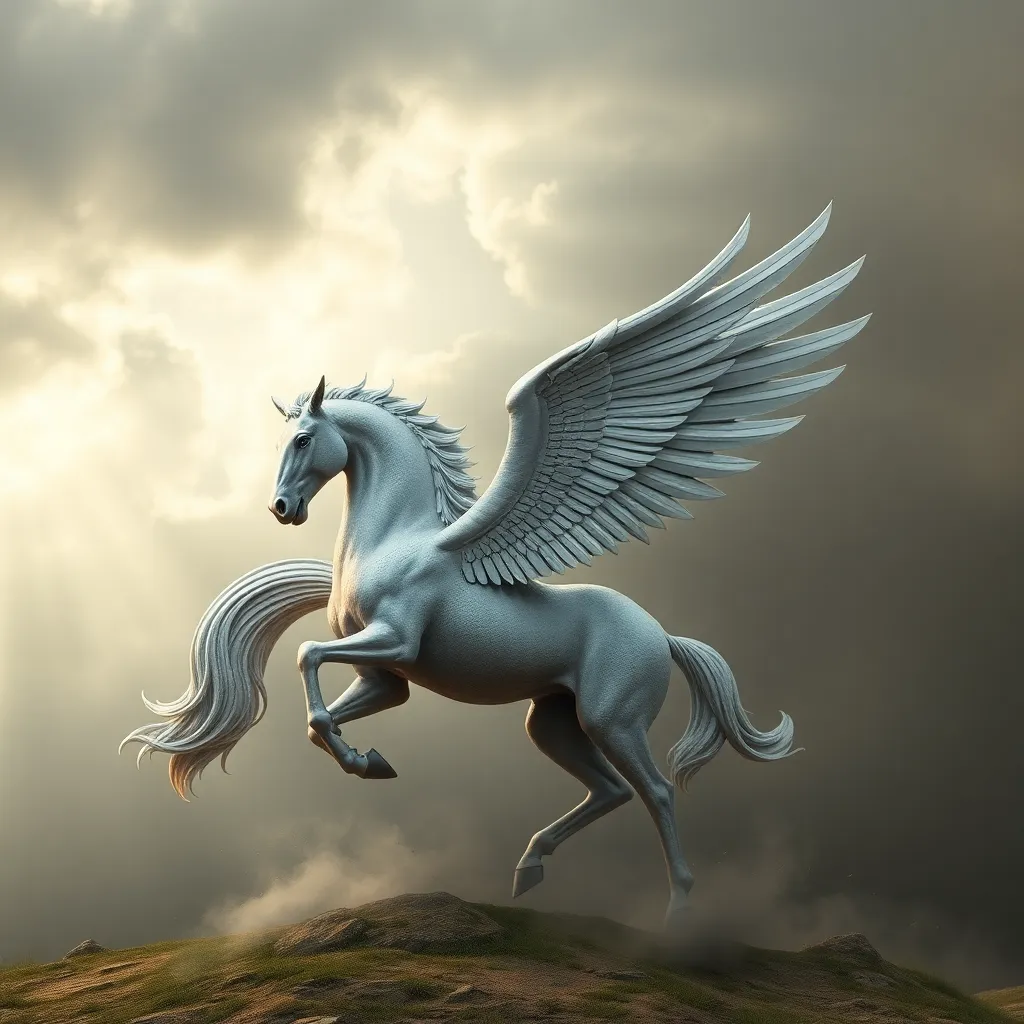The Empusa’s Shapeshifting: Exploring the Demon’s Ability to Transform and Disguise
I. Introduction
The Empusa, a fascinating figure in ancient mythology, is often depicted as a demon or a spirit capable of shapeshifting. In Greek mythology, the Empusa is associated with seduction and deception, often manifesting in various forms to fulfill its sinister purposes. Shapeshifting, a common theme in folklore across cultures, allows creatures to embody different identities, reflecting deeper psychological and societal themes.
This article aims to explore the historical context, mechanics, psychological implications, and modern interpretations of the Empusa’s shapeshifting abilities, revealing its significance in both ancient and contemporary narratives.
II. Historical Context of the Empusa
A. The origins of the Empusa can be traced back to ancient Greek mythology, where it was often portrayed as a daughter of Hecate, the goddess associated with magic and witchcraft. The Empusa was believed to haunt the night, preying on men and feeding on their blood.
B. In literature, the Empusa appears in various forms, often symbolizing the dangers of temptation and the supernatural. These narratives reflect broader cultural fears and anxieties regarding the unknown.
C. When compared to other shapeshifting entities, such as the werewolf or the kitsune, the Empusa stands out for its specific association with female seduction and the deadly consequences of desire.
III. The Mechanics of Shapeshifting
A. The Empusa’s transformation abilities are central to its identity. It can take on the appearance of beautiful women, often luring men into traps, or even transforming into monstrous forms to instill fear.
B. The types of forms the Empusa can take include:
- A stunning maiden to attract and seduce victims
- A terrifying beast to frighten and overpower
- Other supernatural creatures to blend into different mythological contexts
C. These transformations are significant as they highlight themes of deception, allure, and the duality of appearance versus reality, serving as a cautionary tale about the dangers of succumbing to temptation.
IV. Psychological Implications of Disguise
A. The role of fear and deception is paramount in understanding the Empusa’s transformations. By embodying desirable forms, the Empusa evokes both attraction and fear, illustrating the complexity of human emotions in the face of danger.
B. Disguise symbolizes deeper psychological themes, such as the struggle for identity and the masks people wear in society. It reflects the human tendency to hide true intentions, leading to mistrust and fear.
C. For victims of the Empusa, the experience can be traumatic. The sudden revelation of the true nature behind a beautiful facade can lead to feelings of betrayal and confusion, impacting their psyche long after the encounter.
V. Empusa in Art and Literature
A. The Empusa has been depicted in various ancient texts, including those of Homer and later classical writers. In modern interpretations, the figure has evolved, appearing in novels, films, and art, often representing the femme fatale archetype.
B. The influence of the Empusa in contemporary media is evident in characters that embody similar traits—deceptive, alluring, and deadly—found in works ranging from horror films to fantasy literature.
C. Key works featuring the Empusa include:
- The Golden Ass by Apuleius, where themes of transformation and desire are explored
- Modern horror films that utilize the seductive demon archetype
- Literature that critiques societal norms through the lens of the Empusa’s character
VI. Thematic Analysis of Shapeshifting
A. Themes of identity and transformation are central to the narratives involving the Empusa. The ability to shift forms raises questions about the nature of self and the fluidity of identity.
B. The dichotomy of good versus evil is often portrayed in shapeshifting narratives; the Empusa embodies the darker aspects of transformation, serving as a warning against the dangers of unchecked desires.
C. Cultural reflections on gender and sexuality are also prominent in the Empusa’s story. The demon’s ability to transform into an attractive woman can be interpreted as a commentary on societal views of femininity and the perception of women as both seductive and dangerous.
VII. Modern Interpretations and Adaptations
A. The concept of the Empusa has evolved significantly, adapting to contemporary values and societal norms. The demon is often reimagined in feminist literature as a figure representing female empowerment rather than just seduction and death.
B. Shapeshifting motifs in modern storytelling frequently explore themes of identity, belonging, and transformation, reflecting current societal issues such as gender fluidity and the quest for self-understanding.
C. The relevance of the Empusa in today’s society can be seen in discussions about the nature of attraction, the complexities of relationships, and the dangers of superficial judgments based on appearance.
VIII. Conclusion
A. In summary, the Empusa’s shapeshifting abilities provide a rich tapestry of themes and narratives that resonate through history and into modern discourse.
B. The enduring legacy of the Empusa lies in its capacity to challenge societal norms and provoke thought about identity, desire, and the nature of evil.
C. Understanding mythological figures like the Empusa is crucial in contemporary culture as they offer insights into our collective psyche, revealing the fears, desires, and complexities that shape human experience.



